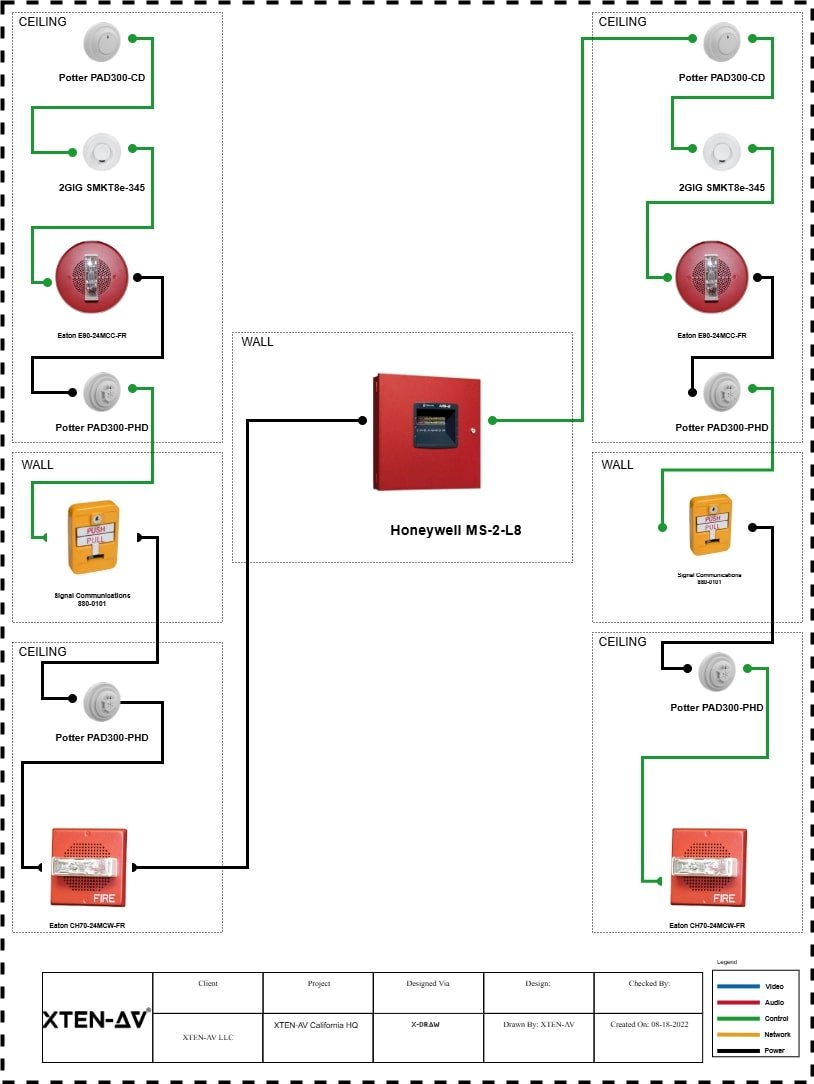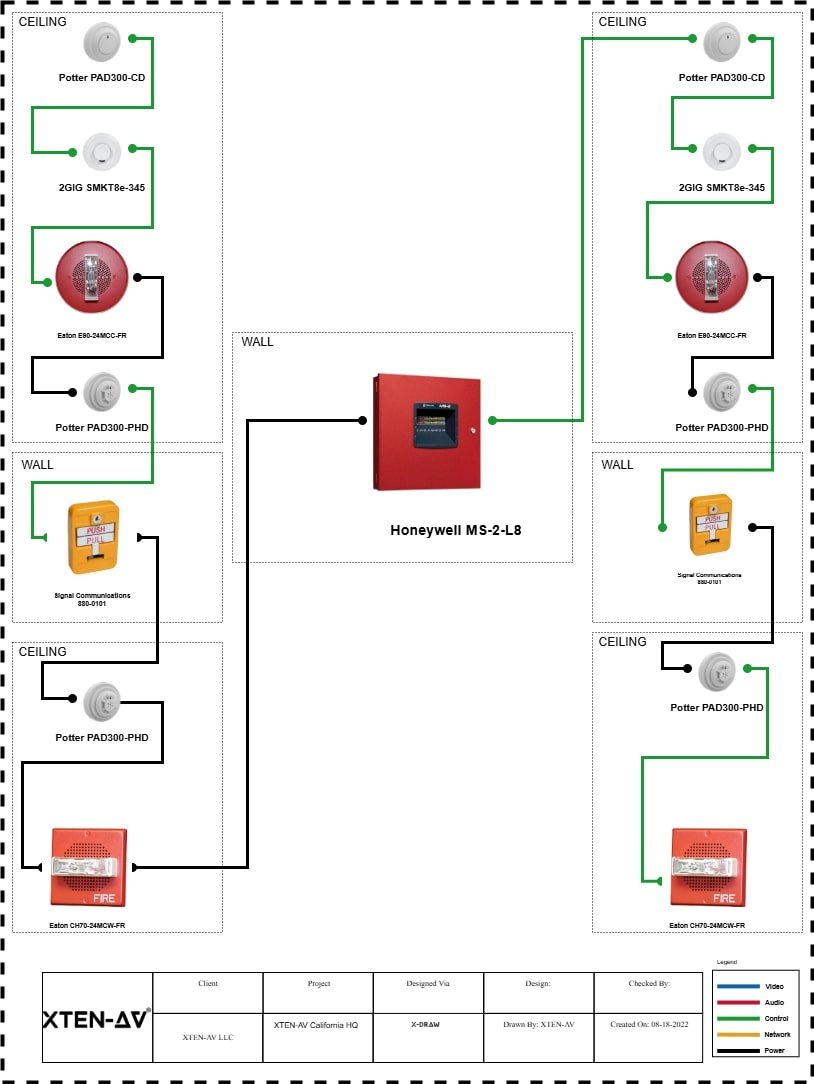Quantum machine learning (QML) stands at the exciting intersection of quantum computing and artificial intelligence. While still in its nascent stages, QML holds immense promise for revolutionizing various fields, and the biopharmaceutical industry is ripe for disruption. However, separating the hype from the reality is crucial for understanding the true potential of QML in this domain. This article delves into the practical applications of QML in biopharmaceuticals, moving beyond the hype and exploring the real-world impact it can have.
The Promise of QML in Biopharma:
Biopharmaceuticals, encompassing drug discovery, development, and personalized medicine, face complex challenges. Analyzing vast datasets, simulating molecular interactions, and optimizing complex processes are computationally intensive tasks. Quantum computers, leveraging the principles of quantum mechanics, offer the potential to tackle these challenges with unprecedented speed and accuracy. QML algorithms, designed to run on these quantum computers, can unlock insights and accelerate breakthroughs that are currently beyond our reach.
Key Applications of QML:
- Drug Discovery and Development: Drug discovery is a lengthy and expensive process. QML can accelerate this process by accurately simulating molecular interactions and predicting the efficacy of drug candidates. Quantum computers can model complex biological systems with greater fidelity than classical computers, allowing researchers to identify promising drug targets and optimize drug design. This can lead to the development of more effective and targeted therapies.
- Personalized Medicine: QML can play a crucial role in personalized medicine by analyzing vast amounts of patient data, including genomic information, medical history, and lifestyle factors. Quantum algorithms can identify patterns and correlations that would be impossible to detect with classical methods, enabling doctors to tailor treatments to individual patients. This can lead to more effective and personalized therapies, improving patient outcomes.
- Protein Folding and Design: Proteins are the building blocks of life, and their structure determines their function. Predicting protein folding is a computationally challenging problem that QML can address. Quantum algorithms can simulate the complex interactions between amino acids, allowing researchers to predict protein structures with greater accuracy. This can lead to a better understanding of biological processes and the development of new drugs and therapies.
- Biomarker Discovery: Biomarkers are measurable indicators of biological processes that can be used to diagnose diseases and monitor treatment response. QML can accelerate the discovery of new biomarkers by analyzing large datasets of biological data. Quantum algorithms can identify subtle patterns and correlations that would be missed by classical methods, leading to the identification of more sensitive and specific biomarkers.
- Optimization of Biopharmaceutical Processes: Biopharmaceutical manufacturing involves complex processes that need to be optimized for efficiency and cost-effectiveness. QML can be used to optimize these processes by simulating different scenarios and identifying the most efficient parameters. This can lead to reduced costs and improved product quality.
Moving Beyond the Hype:
While the potential of QML in biopharmaceuticals is undeniable, it’s essential to acknowledge the current limitations. Quantum computers are still in their early stages of development, and building fault-tolerant quantum computers is a significant technological challenge. Developing quantum algorithms for biopharmaceutical applications is also a complex task that requires expertise in both quantum computing and biology.
Furthermore, access to quantum computing resources is currently limited and expensive. The development of practical QML applications will require significant investment in research and development. It’s crucial to have a realistic perspective on the timeline for realizing the full potential of QML in biopharmaceuticals. While breakthroughs are likely, widespread adoption is still some years away.
The Future of QML in Biopharma:
Despite the challenges, the future of QML in biopharmaceuticals is bright. As quantum computing technology matures and quantum algorithms become more sophisticated, we can expect to see significant advancements in drug discovery, personalized medicine, and other areas. Collaboration between researchers in quantum computing, biology, and medicine is essential to accelerate progress in this field.
Quantum machine learning holds immense promise for revolutionizing biopharmaceuticals, but it’s crucial to temper enthusiasm with realism. While the potential for breakthroughs in drug discovery, personalized medicine, and protein folding is undeniable, quantum computing is still in its infancy. Challenges remain in building stable quantum computers, developing effective QML algorithms, and ensuring accessibility. However, the ongoing research and development efforts are paving the way for a future where QML plays a transformative role in biopharma. By focusing on practical applications and fostering collaboration, we can move beyond the hype and unlock the true power of QML to improve human health. The journey is just beginning, but the destination holds significant potential.
QML is not a magic bullet, but it has the potential to transform the biopharmaceutical industry. By focusing on practical applications and addressing the current limitations, we can move beyond the hype and unlock the true potential of this transformative technology. For further exploration of cutting-edge technologies and their impact on various industries, visit techlidar.com.













Leave a Reply